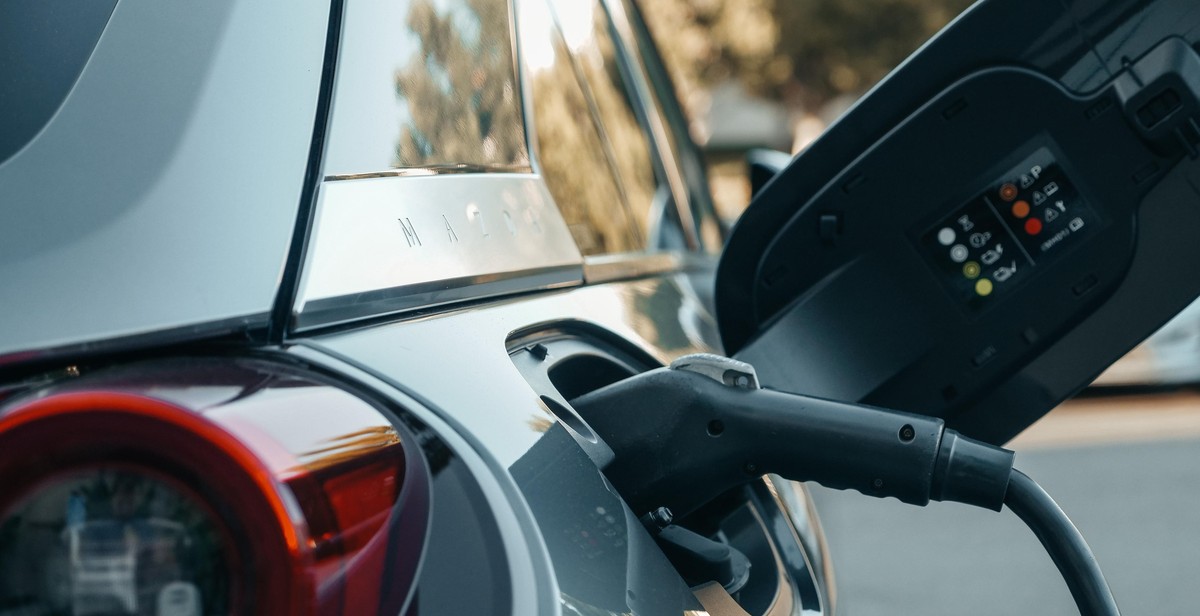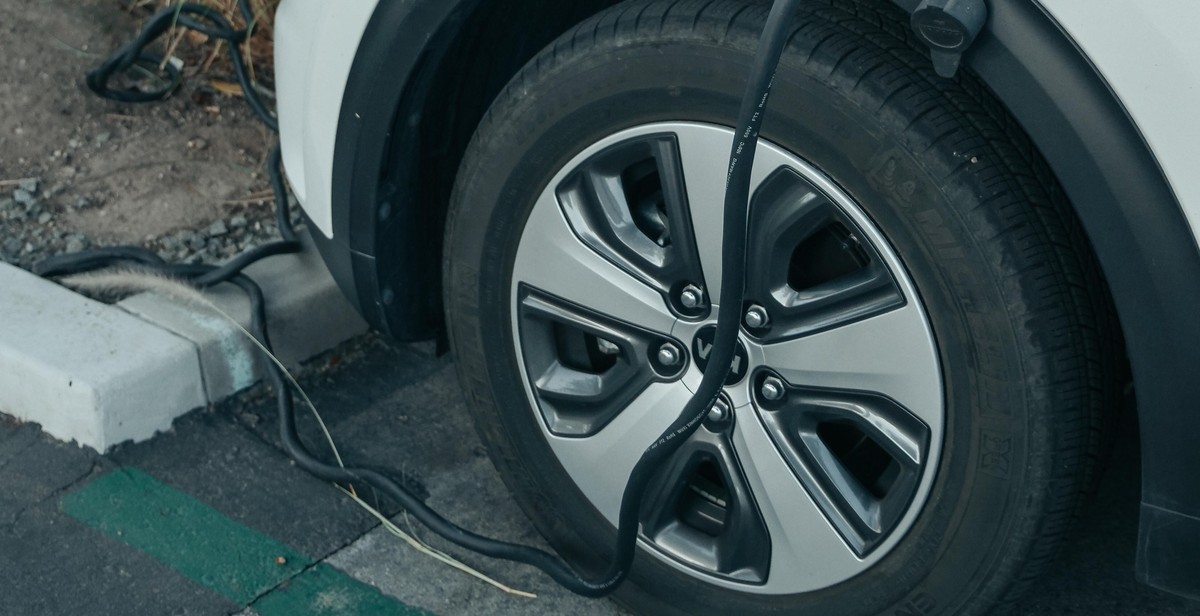Breakdown of Metals in EV Batteries: An Overview
Electric vehicles (EVs) have been gaining popularity in recent years as a more sustainable and environmentally friendly mode of transportation. However, the production of EV batteries requires a significant amount of metals and minerals that are not only expensive but also have a limited supply. Therefore, it is important to understand the breakdown of metals in EV batteries to ensure their sustainability and reduce their environmental impact.
The Metals Used in EV Batteries
The most common metals used in EV batteries are lithium, cobalt, nickel, and manganese. These metals are used to make the cathode, which is the positive electrode in the battery. The anode, which is the negative electrode, is usually made of graphite.
Lithium is the most important metal in EV batteries as it is the main component of the electrolyte solution that allows the flow of ions between the cathode and the anode. Cobalt is also an important metal, but its use has been controversial due to ethical concerns surrounding its mining practices. Nickel and manganese are often used together to improve the performance and stability of the battery.
The Environmental Impact of EV Batteries
The production of EV batteries requires a significant amount of energy and resources, which can have a negative impact on the environment. Moreover, the mining, processing, and disposal of metals used in EV batteries can also have environmental consequences, such as soil and water pollution.
However, research and development are underway to improve the sustainability of EV batteries, such as using recycled metals and developing new battery chemistries that require fewer or no rare metals.
Conclusion
Understanding the breakdown of metals in EV batteries is crucial to ensure their sustainability and reduce their environmental impact. While the production of EV batteries currently has some environmental consequences, research and development are continuously improving their sustainability and reducing their impact on the environment.

What are EV batteries made of?
Electric vehicles (EVs) are powered by rechargeable batteries, which store and supply electricity to the motor. Unlike traditional vehicles, the batteries used in EVs are made up of a variety of materials. These materials include cathode, anode, electrolyte, and separator materials.
Cathode Materials
The cathode is the positive electrode in the battery, and it is typically made of metal oxides such as lithium cobalt oxide (LCO), lithium nickel cobalt aluminum oxide (NCA), or lithium manganese oxide (LMO). These materials provide high energy density and long cycle life, making them ideal for use in EV batteries. However, they can be expensive and have safety concerns due to their potential to overheat or catch fire.
Anode Materials
The anode is the negative electrode in the battery and is typically made of graphite or silicon. Graphite is the most commonly used material due to its low cost and stability, but it has a lower energy density than silicon. Silicon anodes have a higher energy density but are more expensive and less stable. Researchers are currently exploring the use of other materials, such as lithium titanate and lithium-sulfur, to improve the performance of EV batteries.
Electrolyte Materials
The electrolyte is the substance that allows the flow of ions between the cathode and anode. Most EV batteries use a liquid electrolyte, such as a lithium salt dissolved in an organic solvent. However, solid-state electrolytes are being researched as a potential replacement due to their improved safety and stability. Solid-state electrolytes are made of materials such as ceramics, polymers, and composites.
Separator Materials
The separator is a thin layer that keeps the cathode and anode from touching and short-circuiting. It is typically made of porous materials such as polyethylene or polypropylene. However, researchers are investigating the use of ceramic and polymer-based separators to improve safety and performance.
| Component | Materials |
|---|---|
| Cathode | Lithium cobalt oxide (LCO), lithium nickel cobalt aluminum oxide (NCA), lithium manganese oxide (LMO) |
| Anode | Graphite, silicon, lithium titanate, lithium-sulfur |
| Electrolyte | Liquid electrolyte (lithium salt dissolved in an organic solvent), solid-state electrolyte (ceramics, polymers, composites) |
| Separator | Polyethylene, polypropylene, ceramic, polymer-based |
Overall, EV batteries are made up of a variety of materials that work together to provide power to the vehicle’s motor. While these materials have their advantages and disadvantages, researchers are continually exploring new materials to improve the safety, performance, and cost-effectiveness of EV batteries.

Breakdown of Metals in EV Batteries
Electric vehicles (EVs) are becoming increasingly popular due to their eco-friendliness and cost-effectiveness. EV batteries are the most important component of these vehicles, and they are made up of various metals. In this section, we will discuss the breakdown of metals in EV batteries.
Lithium
Lithium is the most important metal used in EV batteries. It is a highly reactive metal that is used to make the cathode of the battery. Lithium-ion batteries are the most common type of battery used in EVs, and they are known for their high energy density and long life. Lithium is a rare metal, and its mining and extraction can have a negative impact on the environment.
Cobalt
Cobalt is another metal that is used in the cathode of EV batteries. It is used to increase the stability and energy density of the battery. Cobalt is a rare metal, and its mining and extraction can have a negative impact on the environment. There are ongoing efforts to reduce the amount of cobalt used in EV batteries.
Nickel
Nickel is used in the cathode of EV batteries along with lithium and cobalt. It is used to increase the energy density and stability of the battery. Nickel is a widely available metal, and its mining and extraction are less harmful to the environment compared to lithium and cobalt.
Manganese
Manganese is used in the cathode of EV batteries along with lithium, cobalt, and nickel. It is used to increase the stability and energy density of the battery. Manganese is a widely available metal, and its mining and extraction are less harmful to the environment compared to lithium and cobalt.
Aluminum
Aluminum is used in the anode of EV batteries. It is used to increase the stability and energy density of the battery. Aluminum is a widely available metal, and its mining and extraction are less harmful to the environment compared to lithium and cobalt.
Conclusion
In conclusion, EV batteries are made up of various metals, including lithium, cobalt, nickel, manganese, and aluminum. While these metals are essential for the performance of EV batteries, their mining and extraction can have a negative impact on the environment. There are ongoing efforts to reduce the amount of rare metals used in EV batteries and to find more environmentally friendly alternatives.

Impact of Metal Breakdown
The breakdown of metals in EV batteries has a significant impact on the environment, recycling efforts, and reuse possibilities. Here are some of the main impacts:
Environmental Impact
The breakdown of metals in EV batteries can lead to environmental pollution. When these batteries are not disposed of properly, they can release toxic chemicals into the environment, including heavy metals such as lead, cadmium, and mercury. These chemicals can contaminate soil, water, and air, and cause harm to wildlife and humans.
Furthermore, the mining of metals used in EV batteries can also have negative environmental impacts. Mining can lead to deforestation, soil erosion, and habitat destruction. It can also consume a lot of energy and produce greenhouse gas emissions, contributing to climate change.
Recycling
Recycling is an essential part of reducing the environmental impact of metal breakdown in EV batteries. Recycling can help reduce the need for mining, conserve resources, and reduce waste. Recycling can also help recover valuable metals from used batteries and reduce the amount of toxic chemicals released into the environment.
Many metals used in EV batteries, such as lithium, cobalt, and nickel, are recyclable. However, the recycling process can be challenging due to the complex chemistry of these batteries. It requires specialized equipment and expertise to recover these metals effectively. Governments and companies are working to develop better recycling technologies and improve the recycling rate of EV batteries.
Reuse
Reusing EV batteries is another way to reduce the environmental impact of metal breakdown. After their useful life in EVs, batteries can still have significant energy storage capacity, making them suitable for other applications such as home energy storage or grid-scale energy storage.
Reusing EV batteries can help extend the life of these batteries and reduce the need to mine for new metals. It can also help reduce the cost of battery storage systems and promote the adoption of renewable energy sources.
| Impact | Recycling | Reuse |
|---|---|---|
| Release of toxic chemicals into the environment | Recover valuable metals and reduce toxic chemical release | Extend battery life and reduce need for mining |
| Negative environmental impacts of mining | Reduce need for mining and conserve resources | Reduce cost of battery storage systems and promote renewable energy |

Conclusion
In conclusion, the breakdown of metals in EV batteries is a complex process that involves several stages. The primary metals used in EV batteries include lithium, cobalt, nickel, and manganese. These metals are essential for the production of high-performance batteries that can power electric vehicles.
However, the extraction and production of these metals can have significant environmental impacts, including air and water pollution, habitat destruction, and greenhouse gas emissions. As such, it is essential to adopt sustainable practices in the production and disposal of EV batteries.
One way to achieve this is through the recycling of used EV batteries. Recycling not only reduces the environmental impact of battery production but also helps to conserve natural resources. Additionally, the recovery of valuable metals from used batteries can help to reduce the demand for new mining activities.
Overall, the breakdown of metals in EV batteries is an important topic that requires careful consideration. As the demand for electric vehicles continues to grow, it is crucial to ensure that the production and disposal of EV batteries are sustainable and environmentally friendly.
| Key Takeaways: |
| – The primary metals used in EV batteries include lithium, cobalt, nickel, and manganese. |
| – The extraction and production of these metals can have significant environmental impacts. |
| – Recycling used EV batteries is an effective way to reduce the environmental impact of battery production and conserve natural resources. |
| – Sustainable practices are crucial for the production and disposal of EV batteries as the demand for electric vehicles continues to grow. |

Leave a Reply